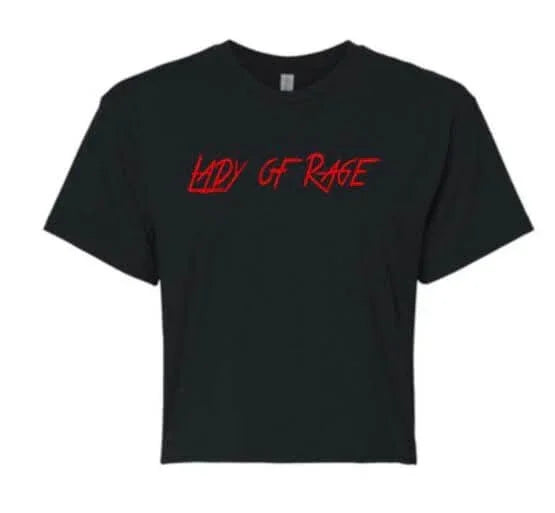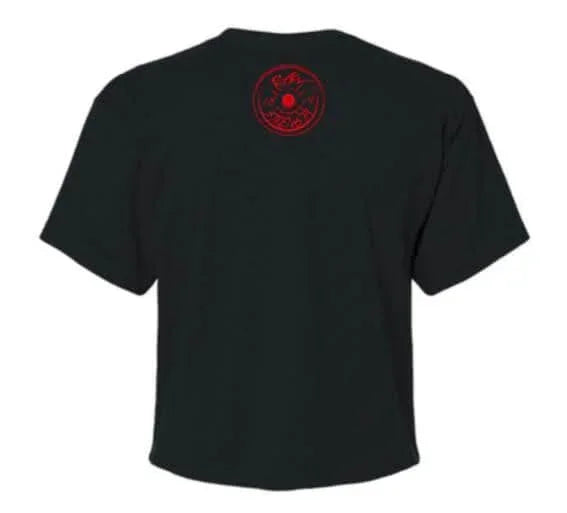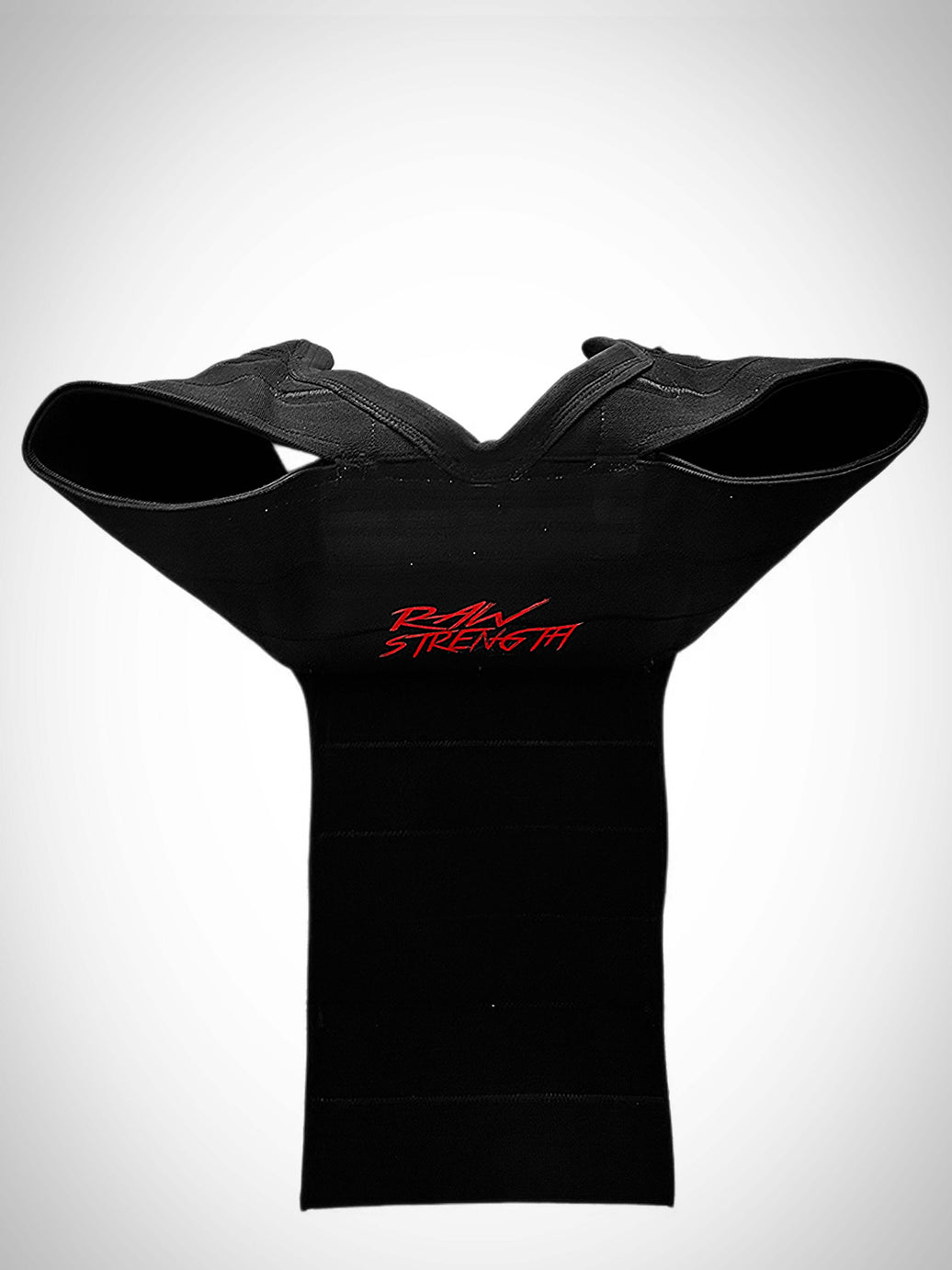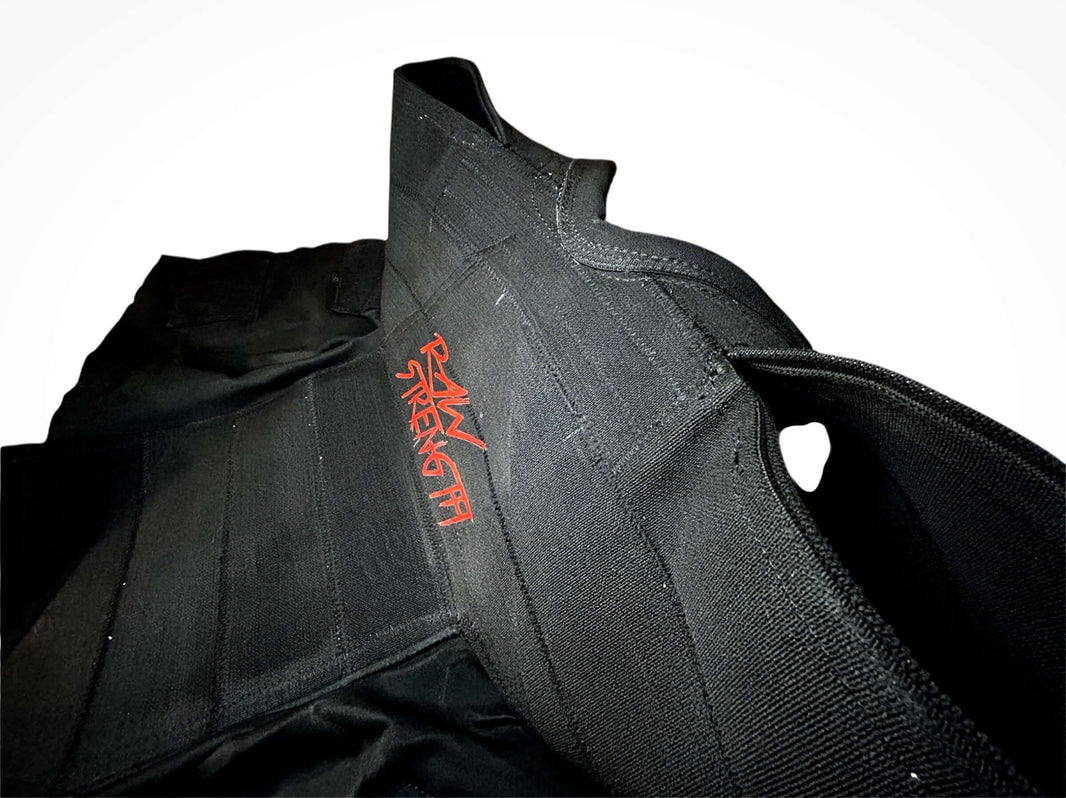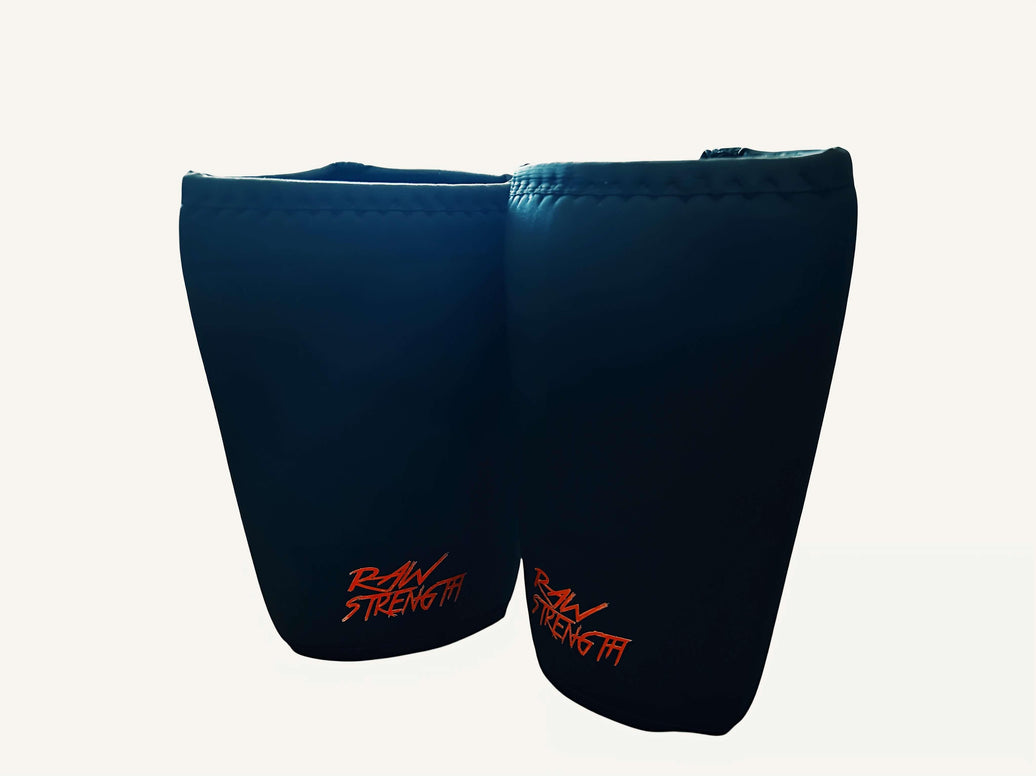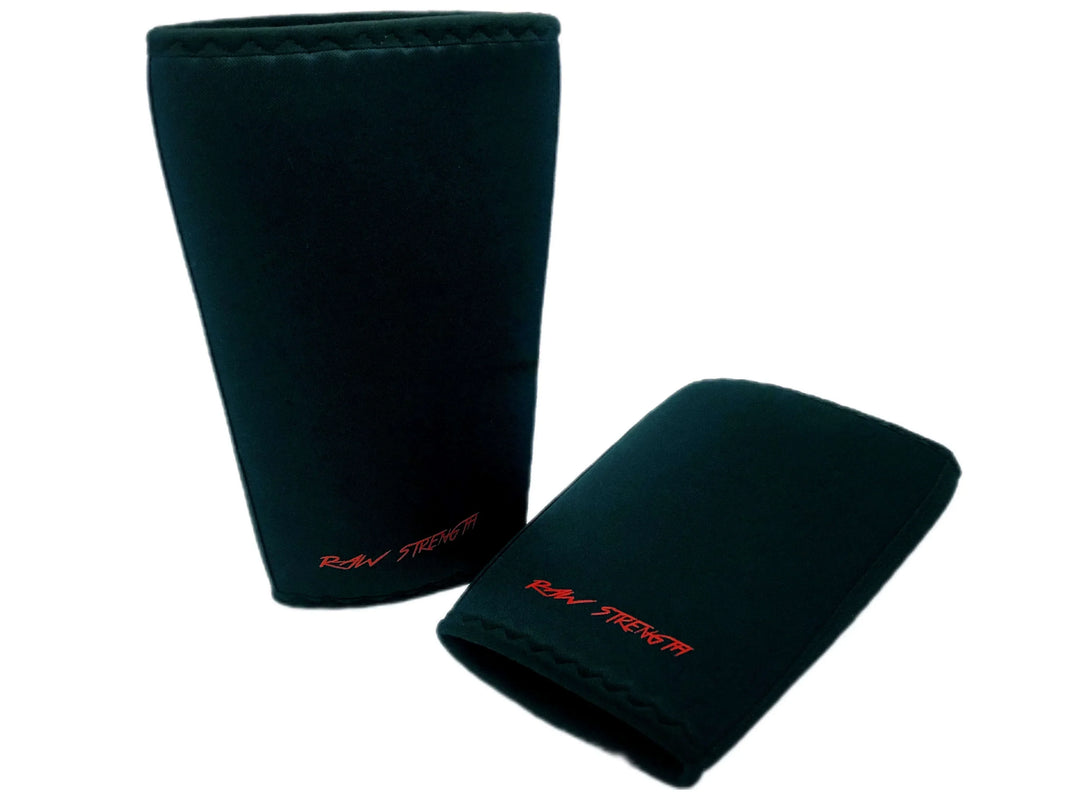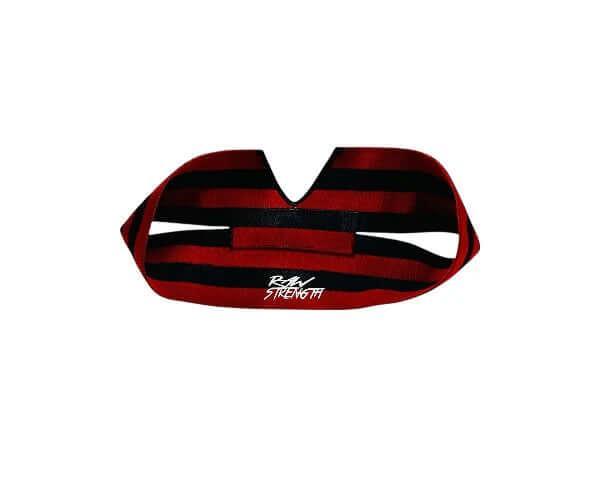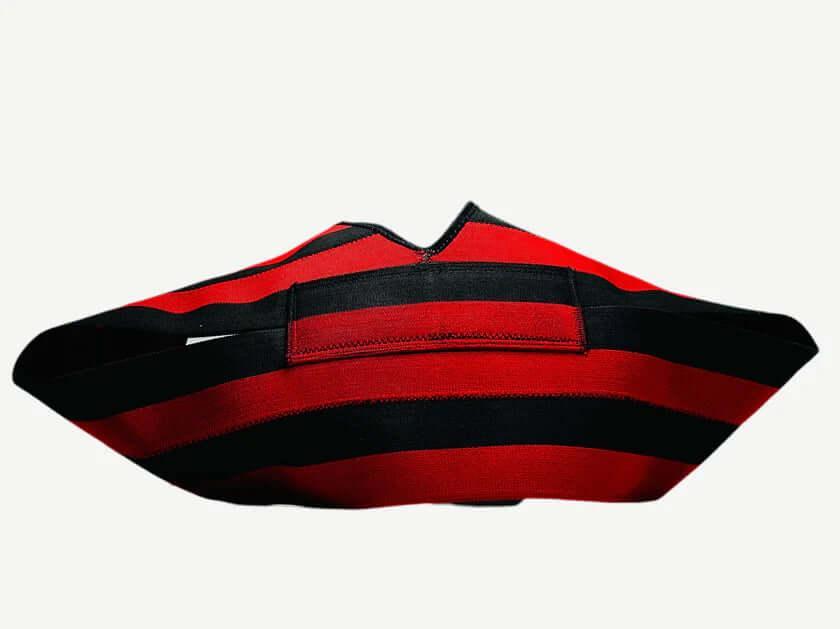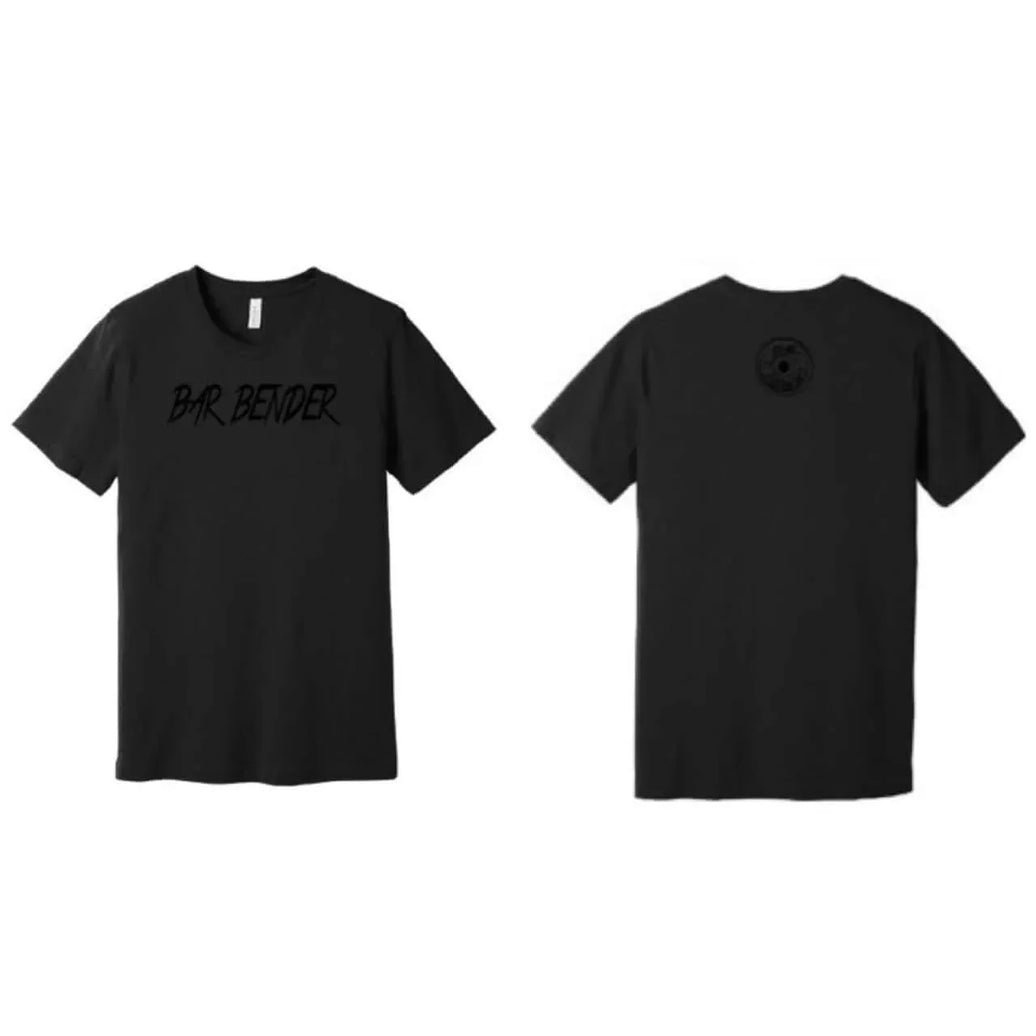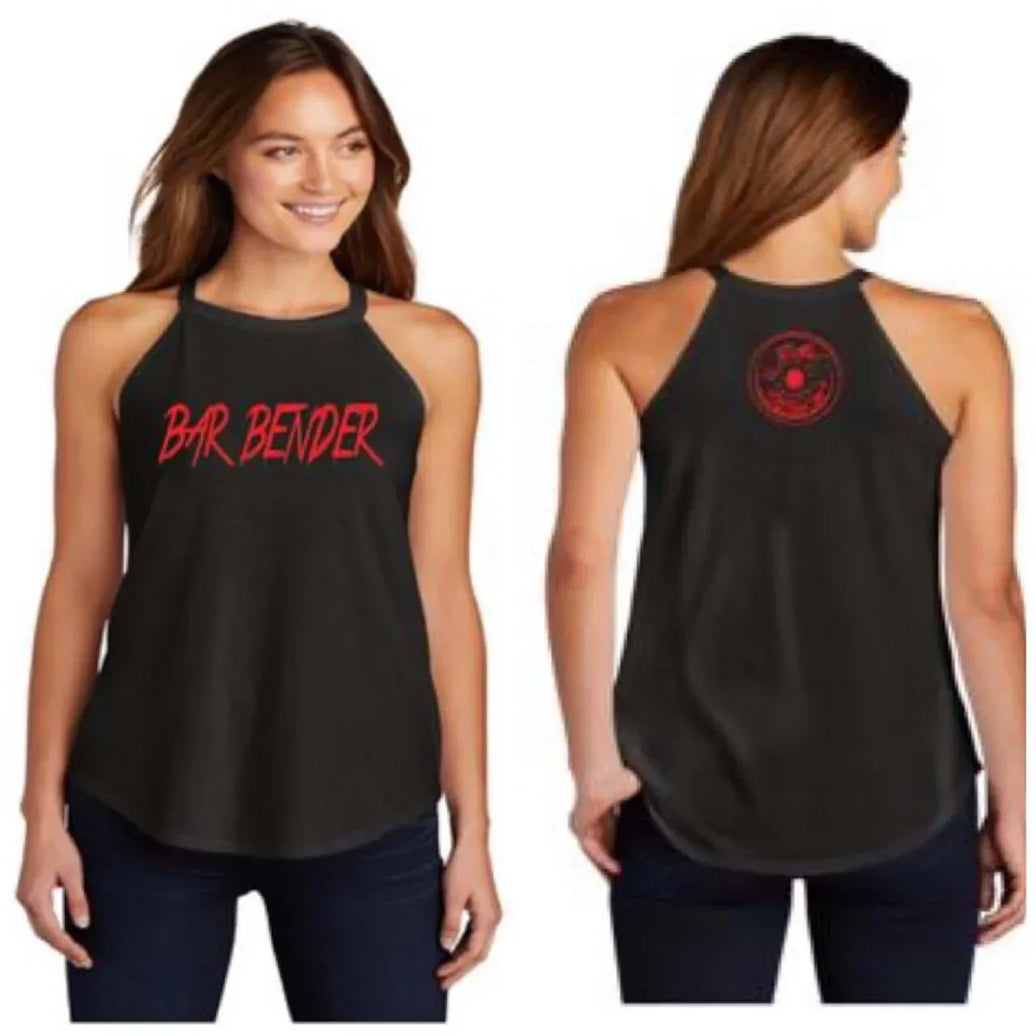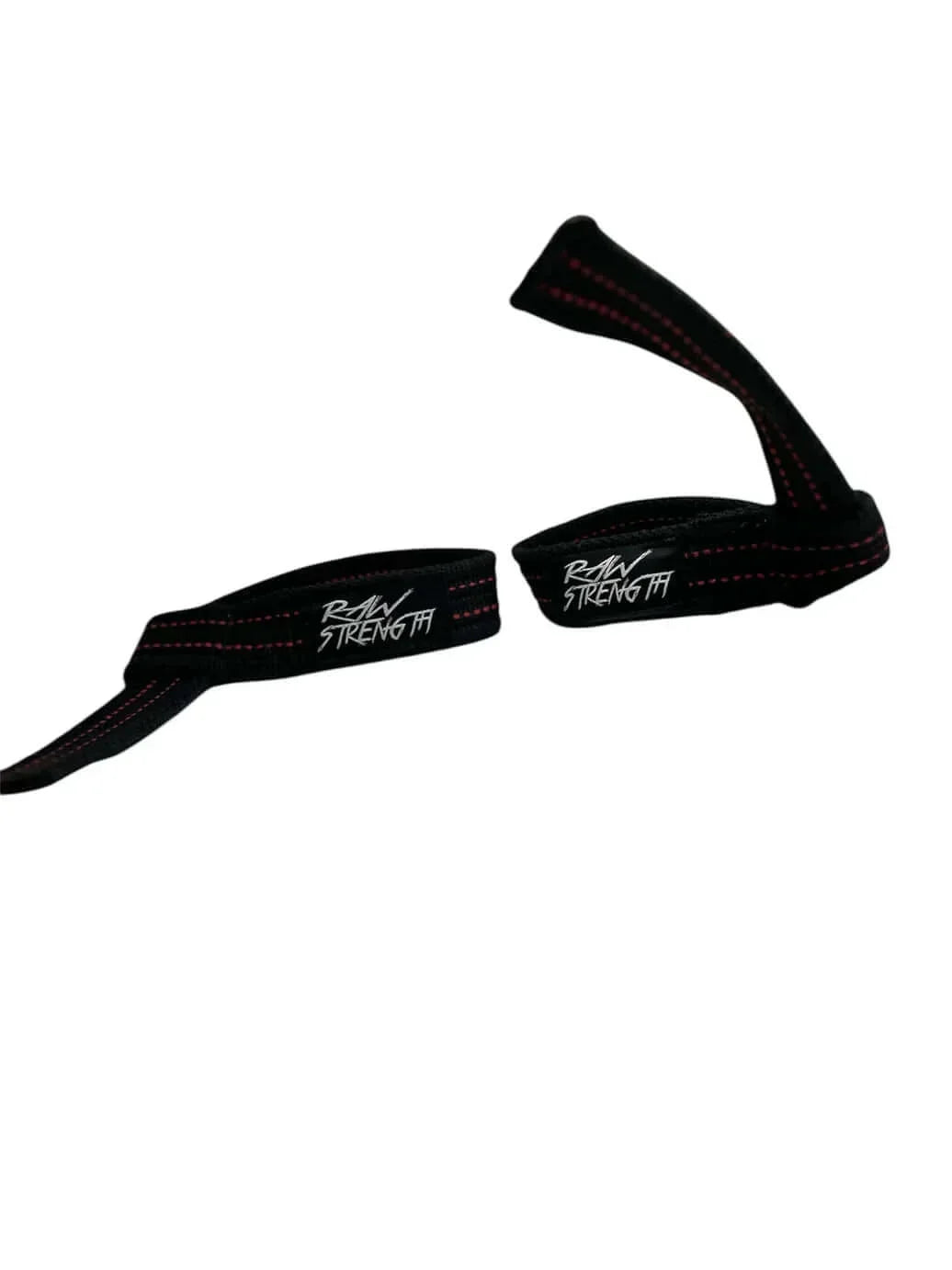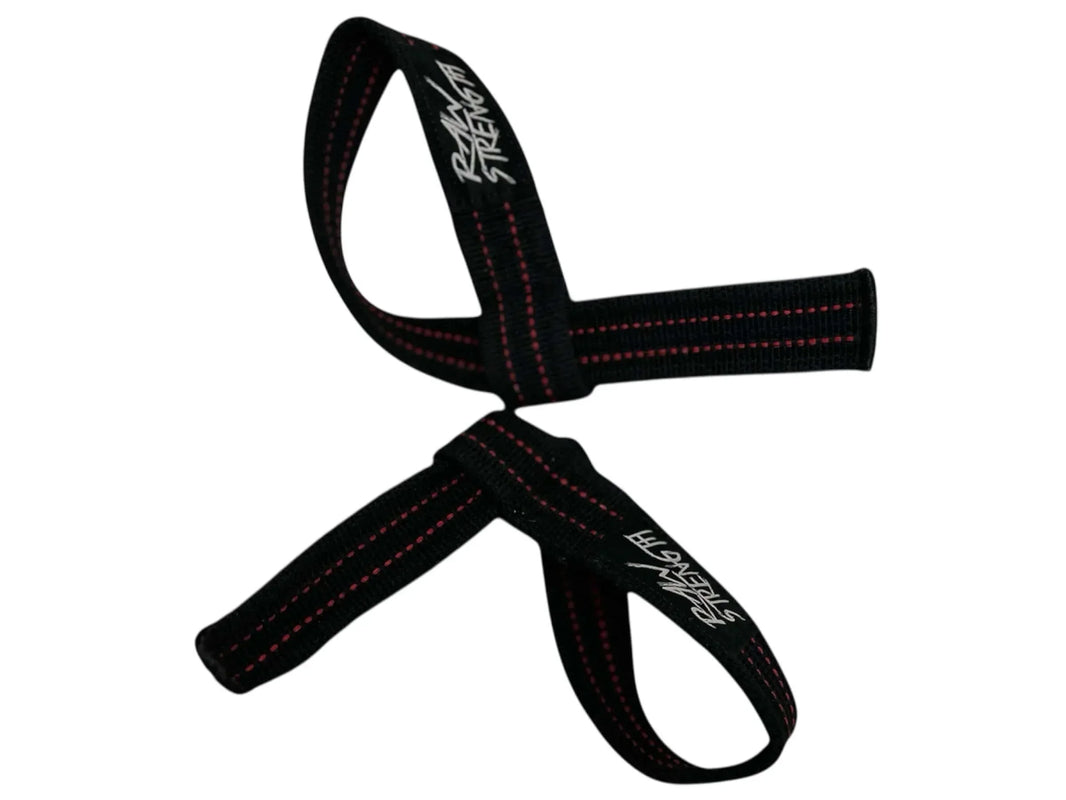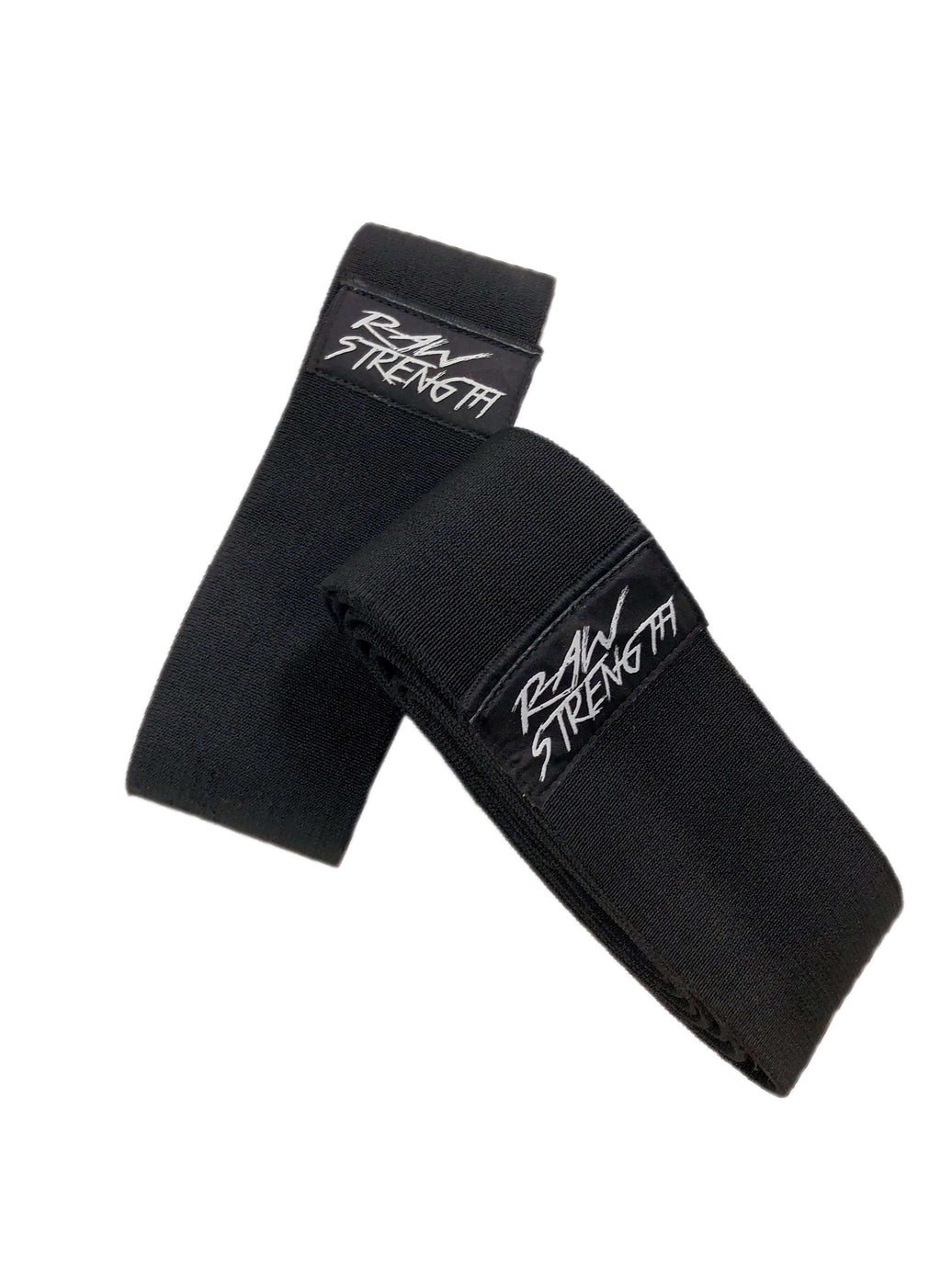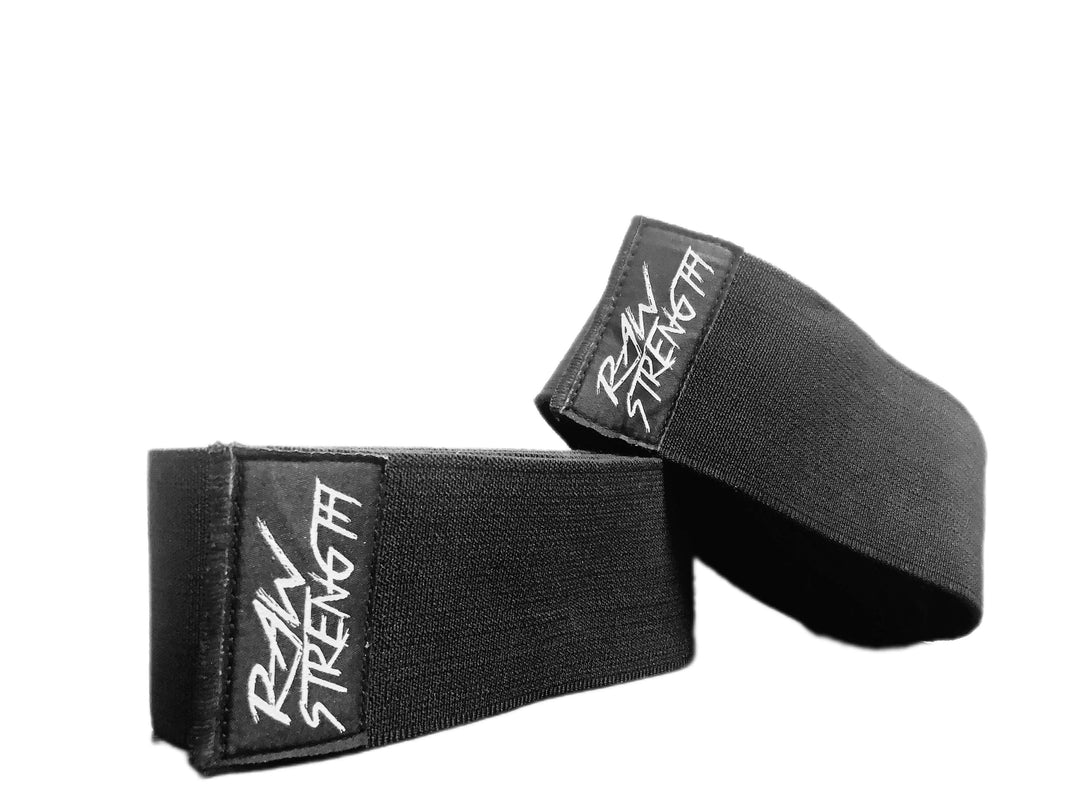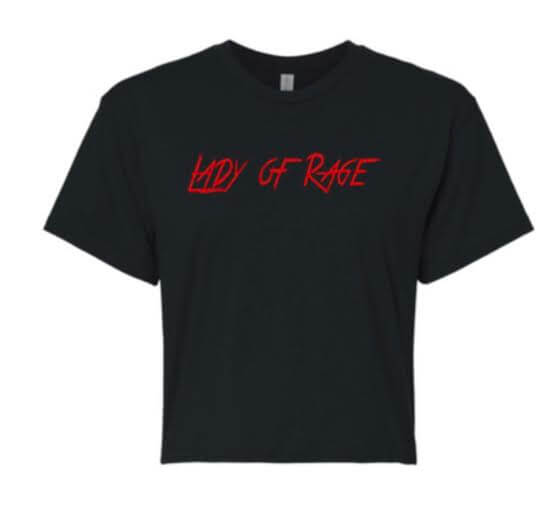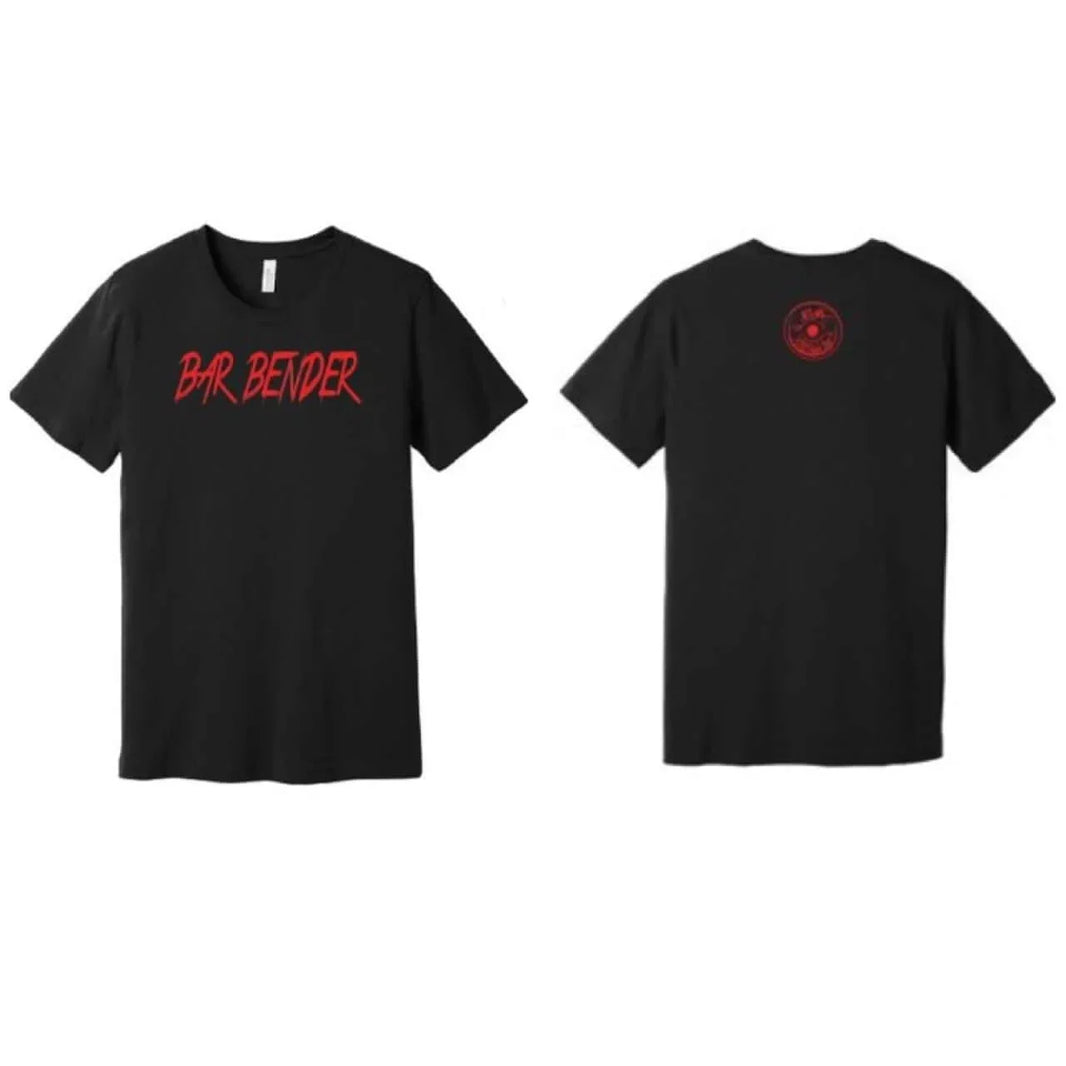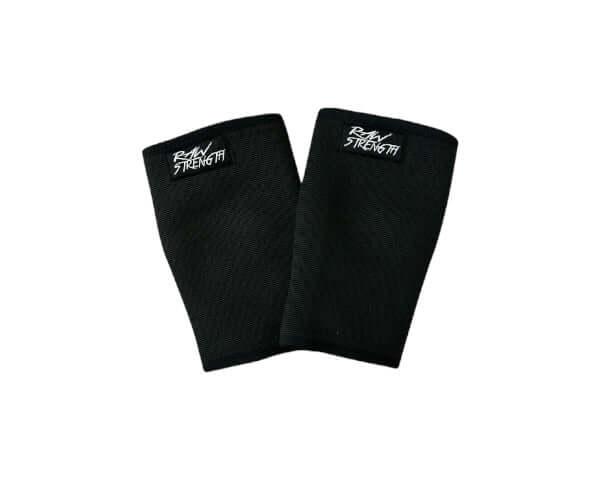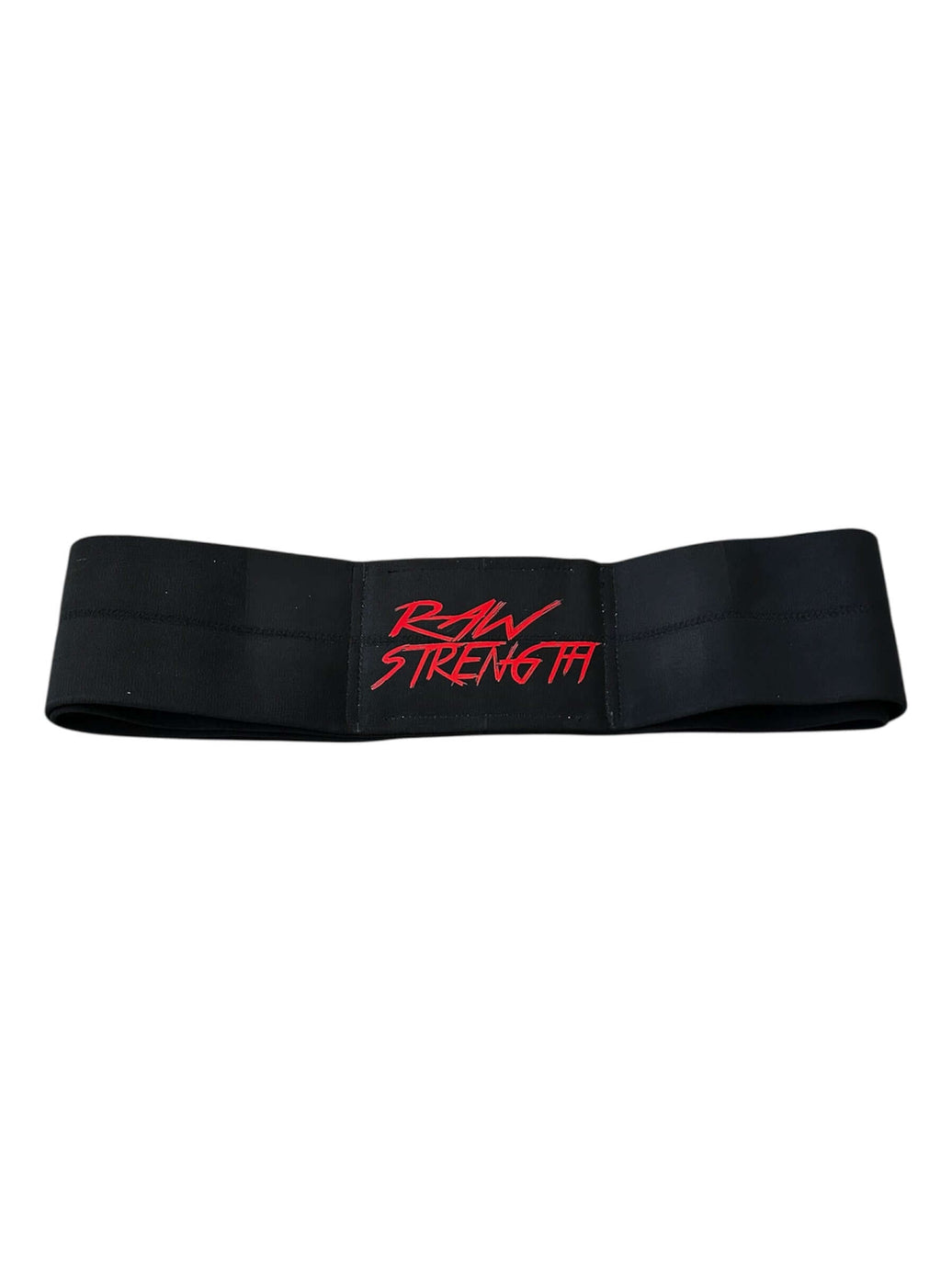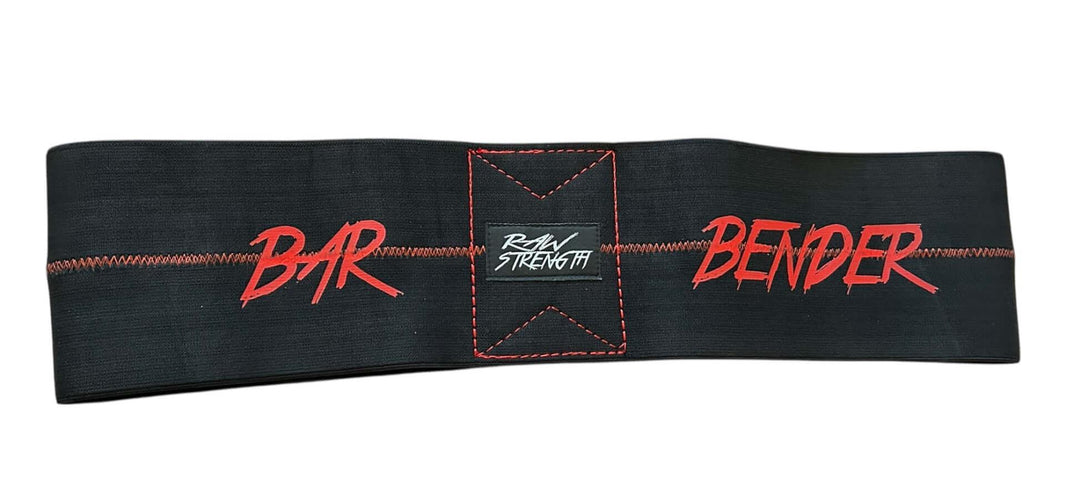Curious about supporting your knees during squats, but unsure whether wraps or sleeves are right for you? Understanding the differences and learning proper technique can lift your performance and keep your joints safer. Discover the essential tips for squatting in wraps vs sleeves, and make confident choices for every training session.
Understanding Knee Support: Wraps vs Sleeves
Squatting is fundamental to fitness, but it places significant stress on the knees. To cope with heavy loads or long sessions, many lifters use knee wraps or knee sleeves. Though both offer knee support, they serve different purposes depending on your goals.
Knee sleeves are usually made from stretchy neoprene and slip over your knees, providing gentle compression, warmth, and proprioceptive feedback. They’re ideal for general training, helping reduce minor aches and keeping blood flow optimal.
In contrast, knee wraps are long, elastic bands that tightly encircle the knee joint. Originally popularized in powerlifting, wraps offer significant mechanical support. Properly applied, they can even help you lift heavier weights by storing elastic energy in the descent.
Understanding squatting in wraps vs sleeves means recognizing their differences in performance and safety, and choosing the right tool for your needs.
Benefits Of Knee Sleeves During Squats
Knee sleeves are favored by recreational lifters, CrossFit athletes, and those concerned with joint health. Here’s why they might work for you:
- Compression and Warmth: Neoprene sleeves increase blood flow, keep joints warm, and support natural movement.
- Reduced Swelling: The light pressure may minimize inflammation during and after squat sessions.
- Confidence Boost: Some lifters feel mentally more secure wearing them, especially if they’ve experienced past knee discomfort.
For squatting in sleeves, comfort is key. Their snug fit keeps the knee joint stable without restricting the lifting technique or range of motion.
Advantages Of Knee Wraps for Squatting
Knee wraps are popular in strength sports and with advanced lifters tackling maximal weights. Their benefits include:
- Rebound Effect: Proper wrapping creates tension during the squat’s descent, releasing stored energy and aiding the ascent.
- Extra Joint Stability: The tightly wound material holds the knee cap securely, offering support when lifting near-maximal loads.
- Potential For Heavier Lifts: Some powerlifters report an increase of 5–15% in squat numbers when using wraps.
Squatting in wraps vs sleeves generally means stricter control and more technical set-up, but the potential payoff for strength athletes is significant.
How To Properly Squat With Knee Sleeves
Using knee sleeves for squats is straightforward, but a few best practices will help you get the most from your gear.
- Slide On Correctly: Turn the sleeve inside out halfway, pull it just above your calf, then roll it up smoothly over the knee to avoid air pockets or wrinkles.
- Check Placement: The sleeve should cover both above and below the knee cap but not bind too high up your thigh.
- Test Range Of Motion: Before squatting, do a few bodyweight reps to ensure comfortable movement and support without pinching.
Remember: sleeves are meant to fit snugly, but not to cause numbness or restrict circulation. If you feel tingling, try a size up.
How To Squat Safely With Knee Wraps
Squatting in knee wraps is a specialized skill. If you’re new, start light, and practice wrapping technique before loading up.
- Choose The Right Wrap: Select wraps that are at least two meters long and designed for your sport.
- Wrap Evenly: Sit on a bench with your knee bent to about 30 degrees. Start below the knee cap and spiral upward, overlapping by half a width each turn. Finish just above the knee cap, tucking the end securely.
- Avoid Over-tightening: The wrap should feel very firm, but not cut off circulation. If your toes tingle or your skin color changes, re-wrap more loosely.
- Stand Up Slowly: After wrapping, stand up carefully. Your movement range will feel restricted compared to sleeves, so warm up with lighter weights before going heavy.
Properly applied wraps maximize performance and protection, but always prioritize joint health over ambitious loading.
Comparing Squatting In Wraps vs Sleeves
Many lifters ask which is better: squatting in wraps vs sleeves? Each approach has clear pros and cons, and your choice should reflect your training and recovery needs.
Performance & Strength
• Wraps let you squat heavier by adding rebound and external compression, making them ideal for 1-rep max attempts or competitions.
• Sleeves give you natural movement and stability but won’t artificially boost your numbers—they’re great for everyday workouts and technique refinement.
Comfort & Versatility
• Sleeves win for all-day comfort, ease of use, and minimal disruption to your routine.
• Wraps require more time and skill to apply, can feel restrictive, and are best reserved for singular heavy sets, not volume training.
Injury Prevention
• Both options may help reduce knee stress, but neither will correct poor squatting form or compensate for muscle imbalances. Always combine any knee support with proper technique and strength development.
Cost & Durability
• Sleeves are typically less expensive and last for years with basic care.
• Wraps may wear out faster if heavily used and washed less frequently, especially if you like extra-tight wrapping.
Mastering Proper Squat Technique With Support
Regardless of your choice, the foundation for healthy squatting remains robust form. Here are essential pointers to protect your knees and maximize gains with either sleeves or wraps:
- Set Your Feet: Stand shoulder-width apart, toes angled slightly outward.
- Brace Your Core: Engage abdominal and back muscles before descent.
- Hinge At The Hips: Initiate movement by pushing your hips back, not just bending your knees.
- Track Knees Over Toes: Knees should move in the same direction as your toes, avoiding inward collapse.
If you use sleeves, ensure full depth remains comfortable. With wraps, remember your squat may feel “bouncier” and somewhat stiffer—so control the descent and emphasize driving up with strong hip and leg engagement.
Who Should Use Wraps Or Sleeves?
Your fitness level and goals dictate the choice between squatting in wraps vs sleeves.
- Beginners and Intermediate Lifters: Focus on form. Choose sleeves to provide warmth and stability without masking technique flaws.
- Recreational Trainees and CrossFitters: Stick with sleeves for daily sessions, circuit training, or high-rep squats.
- Powerlifters or Maximal Lifters: Use wraps when peaking for heavy doubles, triples, or competitions, but practice with sleeves to develop raw strength.
Consult your coach or healthcare provider if recovering from injury. Never rely solely on external supports to “fix” knee pain or chronic issues.
Key Mistakes to Avoid
While knee protection is useful, avoid these errors when squatting in wraps vs sleeves:
- Ignoring Pain Signals: Stop squatting if you experience sharp pain.
- Sacrificing Form For Load: Don’t let support gear encourage you to overload improperly.
- Wearing Wraps Too Long: Remove wraps promptly after heavy sets to restore circulation.
- Neglecting Mobility Work: Even with sleeves or wraps, maintain regular stretching and strength work for the hips, glutes, and ankles.
Keeping Your Knee Supports Clean And Effective
Both sleeves and wraps benefit from good maintenance routines:
- Air Out After Use: Lay gear flat post-session to dry sweat and odors.
- Hand Wash Periodically: Use mild soap and cool water to preserve elasticity.
- Store Properly: Keep wraps rolled and sleeves flat to avoid unwanted stretching.
This simple care keeps your gear fresh and working as intended, maximizing your investment and comfort.
Conclusion
Choosing between squatting in wraps vs sleeves comes down to your goals and needs. Apply what fits your plan, prioritize form, and your knees—and lifts—will thank you. Ready to squat smarter? Give both options a try to find your ideal support.

